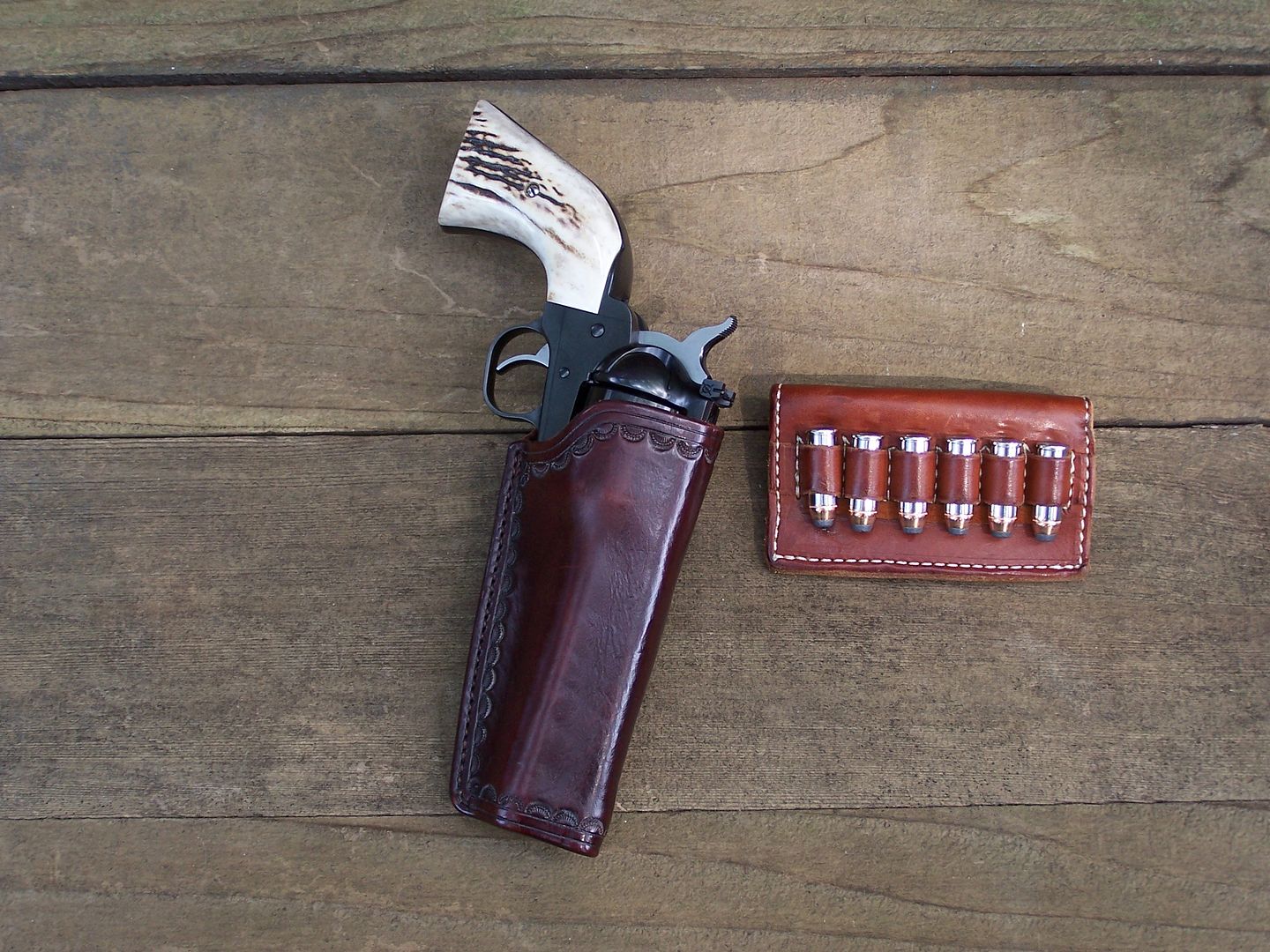Pond James Pond
New member
It occurred to me that a DA/SA semi is much like a revolver in that, if chambered, you could run it in DA for the first shot or SA.
The latter is made safe by having a safety catch so that the gun won't accidentally get discharged whilst bouncing around on a hip. SA is preferred for the lighter trigger and shorter travel before the break.
DA/SA revolvers also have a lighter, shorter trigger in SA, but could not be carried cocked for obvious safety reasons.
So why is it that revolvers are not made with safeties?
(I don't want one on mine, I'm just curious as to the logic)
The latter is made safe by having a safety catch so that the gun won't accidentally get discharged whilst bouncing around on a hip. SA is preferred for the lighter trigger and shorter travel before the break.
DA/SA revolvers also have a lighter, shorter trigger in SA, but could not be carried cocked for obvious safety reasons.
So why is it that revolvers are not made with safeties?
(I don't want one on mine, I'm just curious as to the logic)



